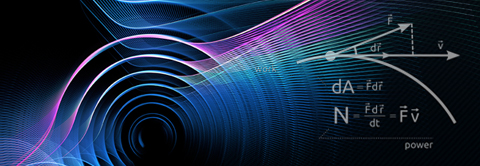Manipulation of antiferromagnetic magnon polarization in synthetic antiferromagnets
2024.11.11 11:40
| 날짜 | 2024-11-18 10:30 |
|---|---|
| 일시 | 2024-11-18 10:30 |
| 장소 | 응용공학동(W1-1) 1317호 |
| 연사 | Yoichi Shiota (Kyoto University / Associate Professor) |
With the recent advances of antiferromagnetic spintronics, interlayer exchange-coupled synthetic antiferromagnets (SAFs) have attracted attention. This is because their magnetic properties can be highly tuned by designing the stacking structure, including materials, thickness and number of repetitions. Furthermore, SAFs offer the advantage of having a resonance frequency of several tens of GHz, which makes it easy to electrically control and detect the antiferromagnetic spin dynamics. One of the promising features of antiferromagnetic magnons is the ability to use magnon polarization, which cannot be realized in ferromagnetic magnons.
In this talk, I will first introduce the magnon mode hybridization (magnon-magnon coupling) using in-plane magnetized synthetic antiferromagnets [1,2], where symmetry breaking due to the dynamic dipolar interaction generated by the spin waves plays an important role. We have used optical detection to reveal the details of propagating spin wave properties in real space. Secondly, I will present recent investigation into electrically detecting and manipulating the magnetic excitation using perpendicularly magnetized SAFs [3,4]. Polarization selective detection of antiferromagnetic magnons, including right- and left-handed character, can be achieved through circularly polarized microwave or the inverse spin Hall effect.
These studies suggest that the SAF magnons provide an attractive platform for enriching the field of magnonics.
References
[1]Y. Shiota et al., Phys. Rev. Lett.125, 017203 (2020).
[2]D. Hayashi et al., Appl. Phys. Express16, 053004 (2023).
[3]Y. Shiota et al., Phys. Rev. Appl.18, 014032 (2022).
[4]Y. Shiota et al., Nat. Commun. in press (2024), arXiv: 2403.06549.







